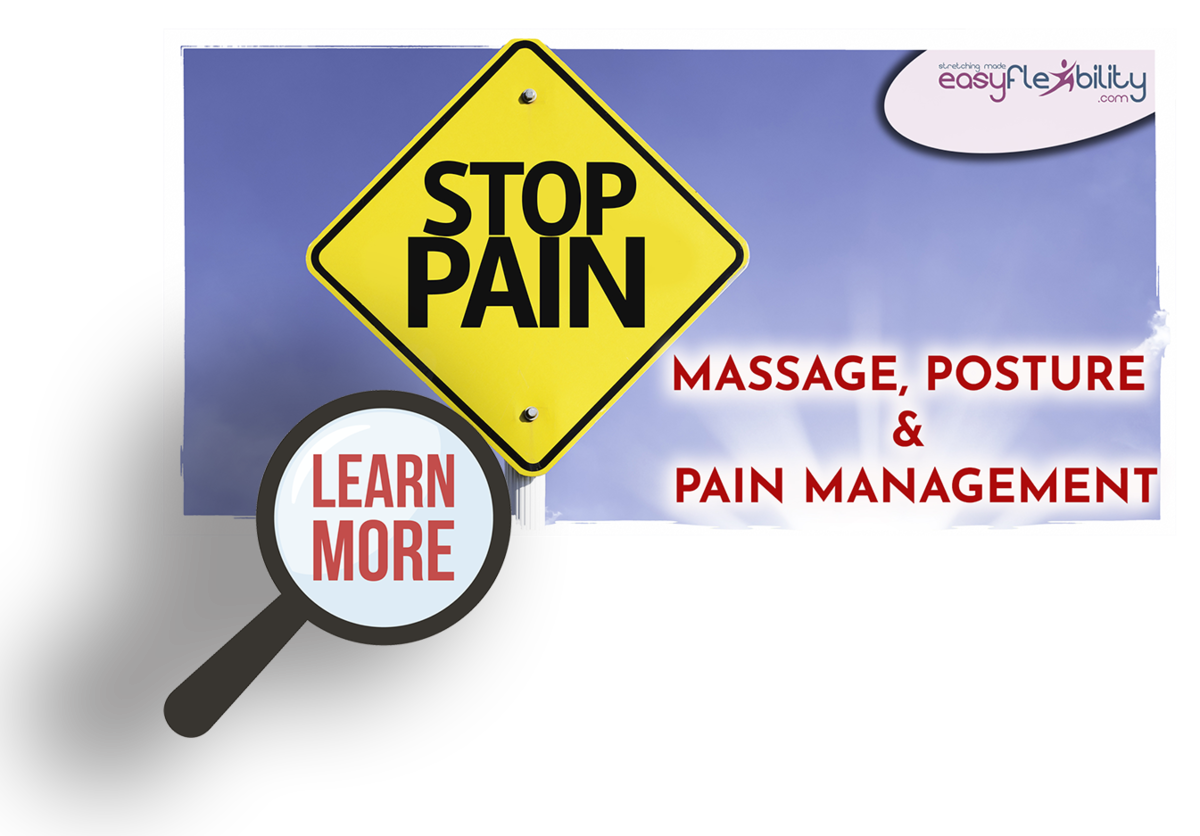Injury Edition: Good Pain VS Bad Pain - Muscles
Posted by EasyFlexibility Team on

More often than not, gymnasts, dancers and athletes in general, focus on flexibility and strength in order to avoid injury.
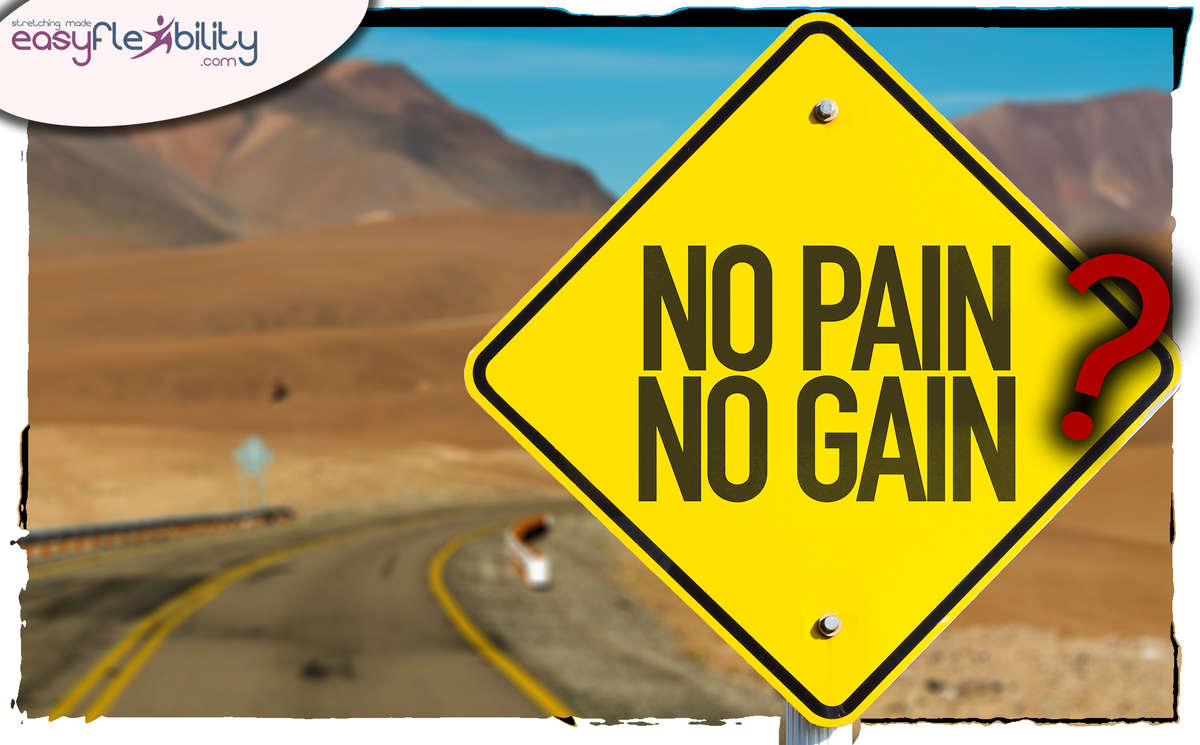
An athlete constantly pushes the body to the extreme and if this intense regime is not carefully monitored, injury is more likely to occur. “No pain, no gain” is not always the best mantra, but many dancers, known for their commitment to the art, keep pushing through.
How can you tell if you are simply feeling sore or if you are feeling the pangs of an injury?
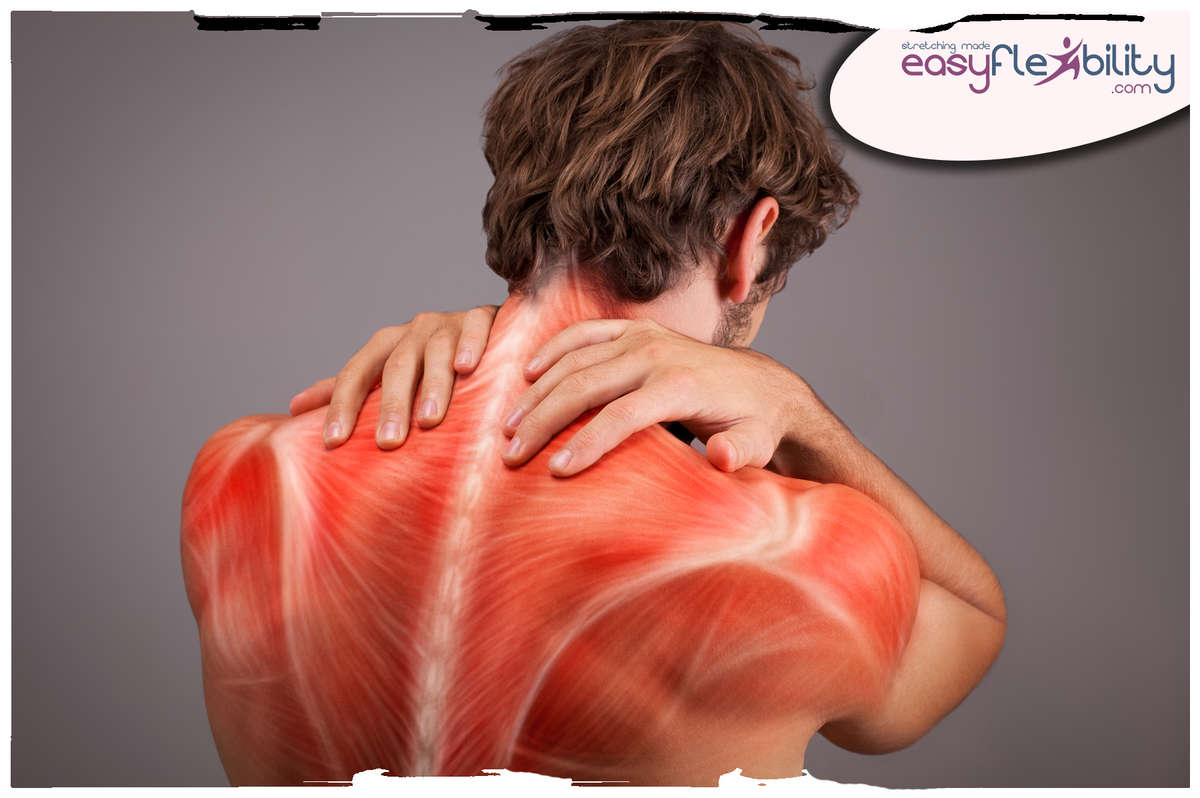
It takes experience and a keen sense of body awareness to sift out injury from daily soreness and athletes become especially tuned in to these differences.
Imagine a regular person trying a new fitness routine for the first time. There are challenges, but adrenaline kicks in and they are pushed to new limits and feel great…at least for the next handful of hours.
This person wakes up the next day and can barely roll out of bed because their body is unusually sore from working in this brand new dimension.
For a dancer, this is everyday life. It is a rarity to wake up and not acknowledge at least one kink within the body. Knowing what to look for is key when deciding what can be overcome with a good warm up or what needs a doctor’s attention.
Muscle Soreness
Muscles are made up of tiny interconnected fibers as noted on the diagram below. It may be surprising to know that stretching and strengthening, no matter the specific activity, causes microscopic tears along the muscle. This allows the muscle to expand and is also the primary cause of soreness.
Many athletes are well-aware of the beloved term “second-day soreness”, which is completely normal, as there is usually a one-to-two-day window when it comes to feeling the aftermath of physical activity. The technical term for this effect is Delayed Onset Muscular Soreness (DOMS).
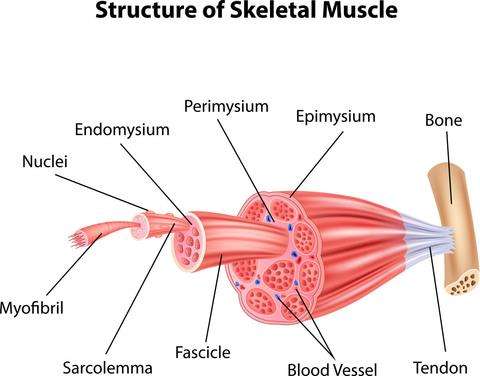
A sore muscle has a tight, aching feeling when at rest, is tender to the touch much like a bruise, and feels tired when moving around. A textbook sore muscle can last up to a few days depending on the intensity of activity, which for dancers, explains why being sore is such a normal state of being.
The best remedy for sore muscles is to keep them warm and moving. The more blood flows through the muscle, the faster the recovery.
Check out our video on Lower Body Massage for Warming Up and Recovery of your muscles:
Muscle Injury
Muscle soreness does not have much effect on everyday life. A good warm up and a session with a handy foam roller and a dancer can be on their way.
Muscle injury, however, can stop a dancer in their tracks.
Unlike soreness, a telling sign of injury is immediate discomfort while dancing or pain that develops within the day. “Pulling a muscle” is the most common type of overuse injury. When a muscle is pulled or strained, it has been stretched too far to the point where the tendons that connect the muscle to the bone have been affected. This type of injury often feels like a deep ache or sharp pain close to the bone whether moving or at rest.
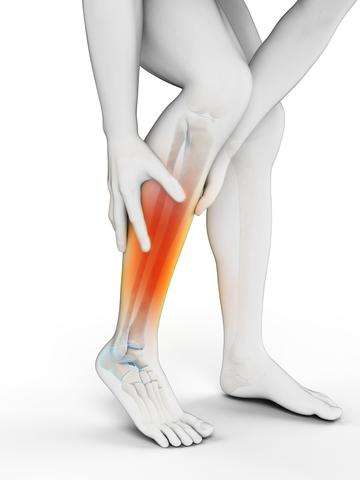
Because an injury can be career-ending, or at least career-pausing, it is imperative to treat it immediately, starting with a visit to the doctor. An athlete who is stubborn and does not get a potential injury looked at, can expect further delays in recovery.
The best way to treat an injury until it is assessed by a medical professional is good ol’ rest and ice. Even though dancers have a hard time sitting still, it is so important to take a break and rest so the body is able to properly heal.
Take Care
If you are experiencing signs of muscle soreness or injury, take a moment to care for yourself and do not hesitate to visit the doctor when needed. Keep an eye out for futureInjury Edition articles, where we will take a closer look at specific injuries throughout the body. Have a topic in mind? Comment below!
Check out our Massage, Posture and Pain Management Combo
Introducing the Pain Management Combo: Your Complete Solution for a Pain-Free Life
Are you tired of dealing with discomfort and pain during your stretches or daily activities? Have you been told by your doctor that there's nothing wrong, but you still experience pain? We understand your frustration, and that's why we've created the Pain Management Combo - a comprehensive program designed to help you live a pain-free life.
Here's what you'll get with the Pain Management Combo:
1. Carpal Tunnel Program: Say goodbye to useless medications and procedures. This program is suitable for anyone, whether you're an athlete, dancer, or simply need help with your hands. Experience relief from carpal tunnel syndrome and improve hand mobility.
2. Neck Flexibility and Strength Training Program: Don't neglect the flexibility of your cervical spine. This program focuses on improving neck flexibility, which is essential for overall health. Say goodbye to headaches, upper back pain, and discomfort in your arms and hands.
3. Knee Injury Management Program: If you're a dancer or gymnast, knee injuries can be all too common. This program addresses the root causes of knee injuries, helps you understand why they happen, and teaches you how to prevent future injuries.
4. Upper Body Self Pressure Massage: Discover the ancient healing power of self-pressure massage. This program provides a complete routine to release tension in every muscle of your upper body. Enhance your flexibility, reduce the risk of injury, and experience deep relaxation.
5. Lower Body Self Pressure Massage: Multiple studies have shown the benefits of massage for athletes and those in rehabilitation. This program focuses on self-pressure massage for your lower body, helping you release tension, improve flexibility, and enhance recovery.
6. Perfect Posture Training Program: Achieving perfect posture is a goal many strive for, but few know how to achieve it. This program will guide you through exercises and techniques to improve your posture, alleviate pain, and enhance your overall well-being.
7. Anterior Pelvic Tilt Correction: Correcting an anterior pelvic tilt is crucial for maintaining a healthy posture and preventing pain. This program will teach you how to address this common issue and restore balance to your pelvis.
8. Posterior Pelvic Tilt Correction: Similar to the anterior pelvic tilt, a posterior pelvic tilt can cause discomfort and affect your posture. This program will guide you through exercises to correct this tilt and improve your overall alignment.
9. Back Pain Management Program: Say goodbye to back pain with this comprehensive program. Learn techniques to alleviate pain, strengthen your back, and improve your overall spinal health.
10. Extended Length Conditioning for Lower Body: Enhance your lower body flexibility and conditioning with this program. Whether you're an athlete or simply want to improve your range of motion, this program will help you achieve your goals.
Don't let pain hold you back any longer. Take control of your well-being with the Pain Management Combo. Experience the transformative power of pain relief and start living a pain-free life today.
Order the Pain Management Combo now and invest in your health and happiness. Your body will thank you!
Here's what you'll get with the Pain Management Combo:
1. Carpal Tunnel Program: Say goodbye to useless medications and procedures. This program is suitable for anyone, whether you're an athlete, dancer, or simply need help with your hands. Experience relief from carpal tunnel syndrome and improve hand mobility.
2. Neck Flexibility and Strength Training Program: Don't neglect the flexibility of your cervical spine. This program focuses on improving neck flexibility, which is essential for overall health. Say goodbye to headaches, upper back pain, and discomfort in your arms and hands.
3. Knee Injury Management Program: If you're a dancer or gymnast, knee injuries can be all too common. This program addresses the root causes of knee injuries, helps you understand why they happen, and teaches you how to prevent future injuries.
4. Upper Body Self Pressure Massage: Discover the ancient healing power of self-pressure massage. This program provides a complete routine to release tension in every muscle of your upper body. Enhance your flexibility, reduce the risk of injury, and experience deep relaxation.
5. Lower Body Self Pressure Massage: Multiple studies have shown the benefits of massage for athletes and those in rehabilitation. This program focuses on self-pressure massage for your lower body, helping you release tension, improve flexibility, and enhance recovery.
6. Perfect Posture Training Program: Achieving perfect posture is a goal many strive for, but few know how to achieve it. This program will guide you through exercises and techniques to improve your posture, alleviate pain, and enhance your overall well-being.
7. Anterior Pelvic Tilt Correction: Correcting an anterior pelvic tilt is crucial for maintaining a healthy posture and preventing pain. This program will teach you how to address this common issue and restore balance to your pelvis.
8. Posterior Pelvic Tilt Correction: Similar to the anterior pelvic tilt, a posterior pelvic tilt can cause discomfort and affect your posture. This program will guide you through exercises to correct this tilt and improve your overall alignment.
9. Back Pain Management Program: Say goodbye to back pain with this comprehensive program. Learn techniques to alleviate pain, strengthen your back, and improve your overall spinal health.
10. Extended Length Conditioning for Lower Body: Enhance your lower body flexibility and conditioning with this program. Whether you're an athlete or simply want to improve your range of motion, this program will help you achieve your goals.
Don't let pain hold you back any longer. Take control of your well-being with the Pain Management Combo. Experience the transformative power of pain relief and start living a pain-free life today.
Order the Pain Management Combo now and invest in your health and happiness. Your body will thank you!
© ElasticSteel Corp., EasyFlexibility, Paul Zaichik, et. El., 2022. No part of the materials available through ElasticSteel.com, EasyFlexiiblity.com, site may be copied, photocopied, reproduced, translated or reduced to any electronic medium or machine-readable form, in whole or in part, without prior written consent of Paul Zaichik EasyFlexibility.com, Elasticsteel.com.. Any other reproduction in any form without the permission of Paul Zaichik EasyFlexibility.com, Elasticsteel.com is prohibited. All materials contained on this site are protected by United States copyright law and may not be reproduced, distributed, transmitted, displayed, published or broadcast without the prior written permission of Paul Zaichik, EasyFlexibility.com, Elasticsteel.com.
Share this post
- Tags: dance, dancer, delayed onset muscle soreness, DOMS, easyflexibility, injuries, injury, pulled muscle, RICE, sore muscles

